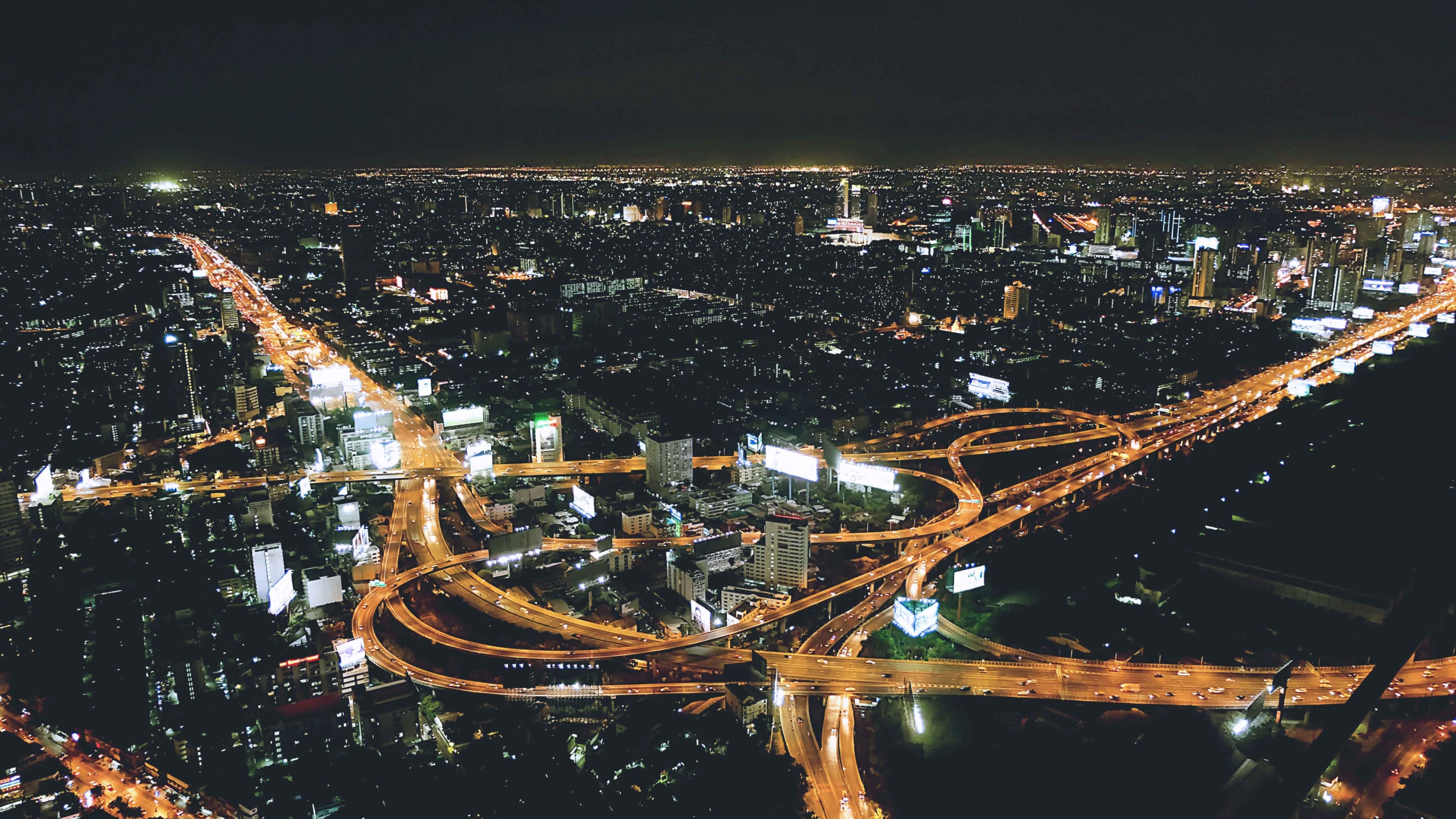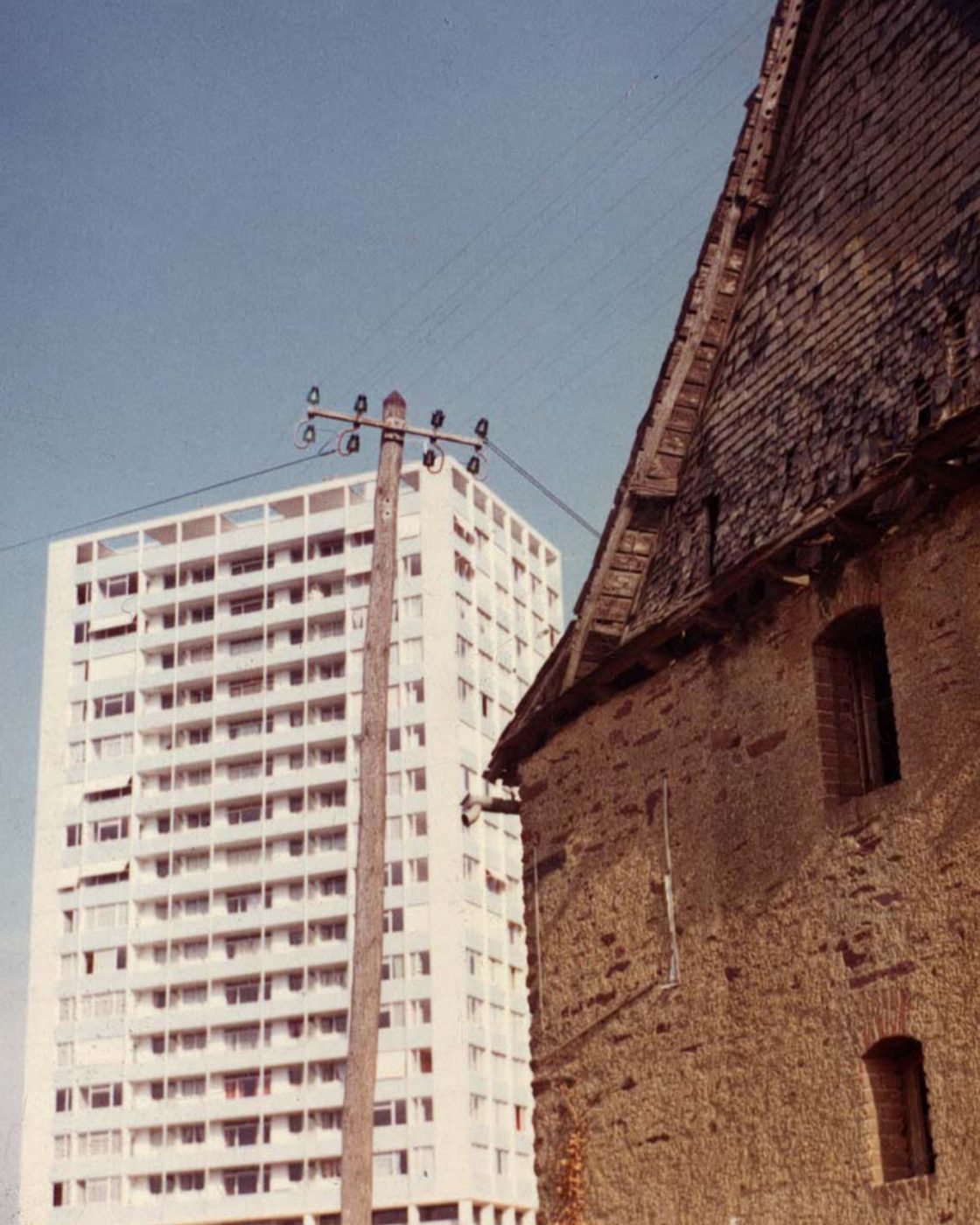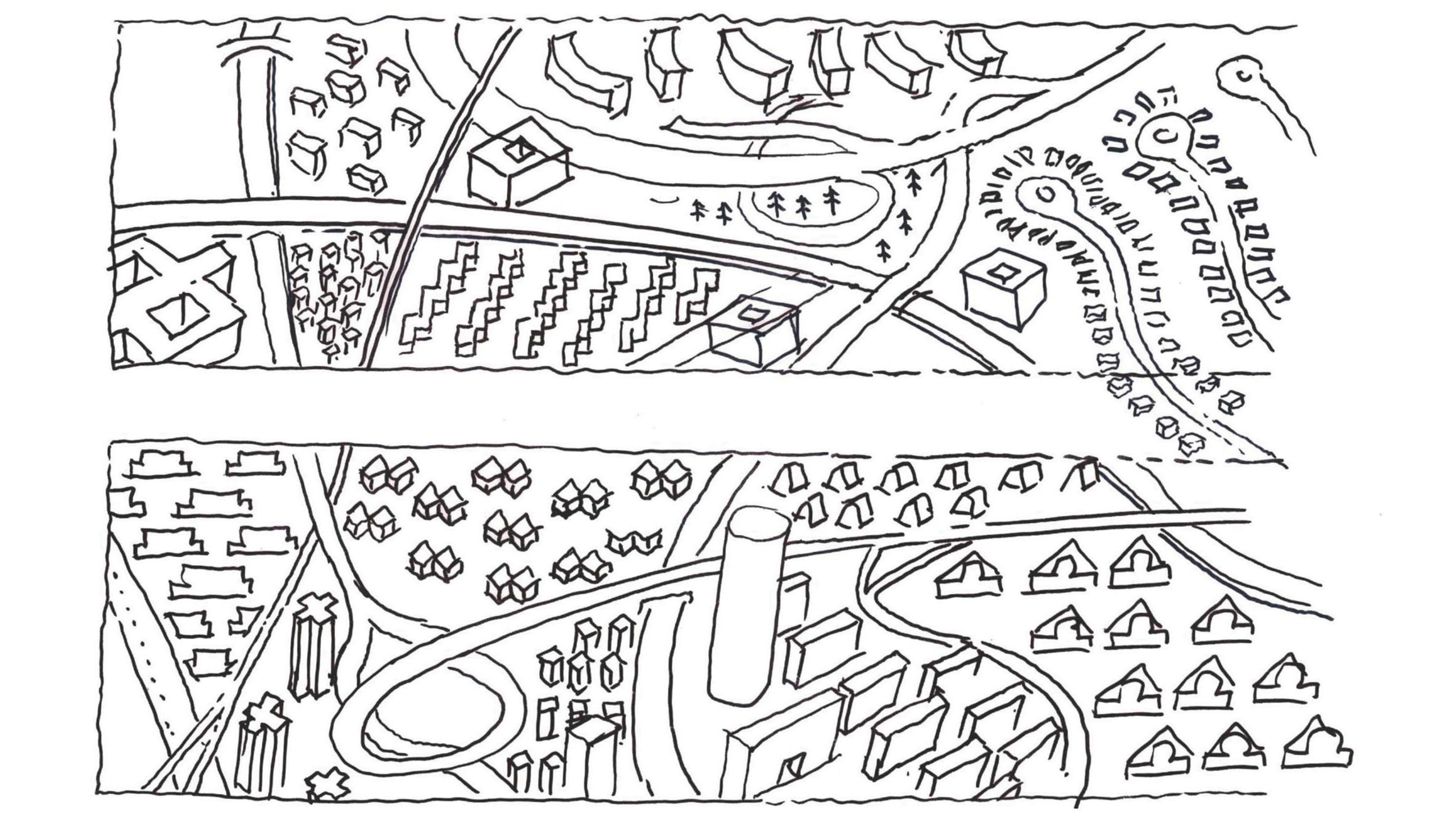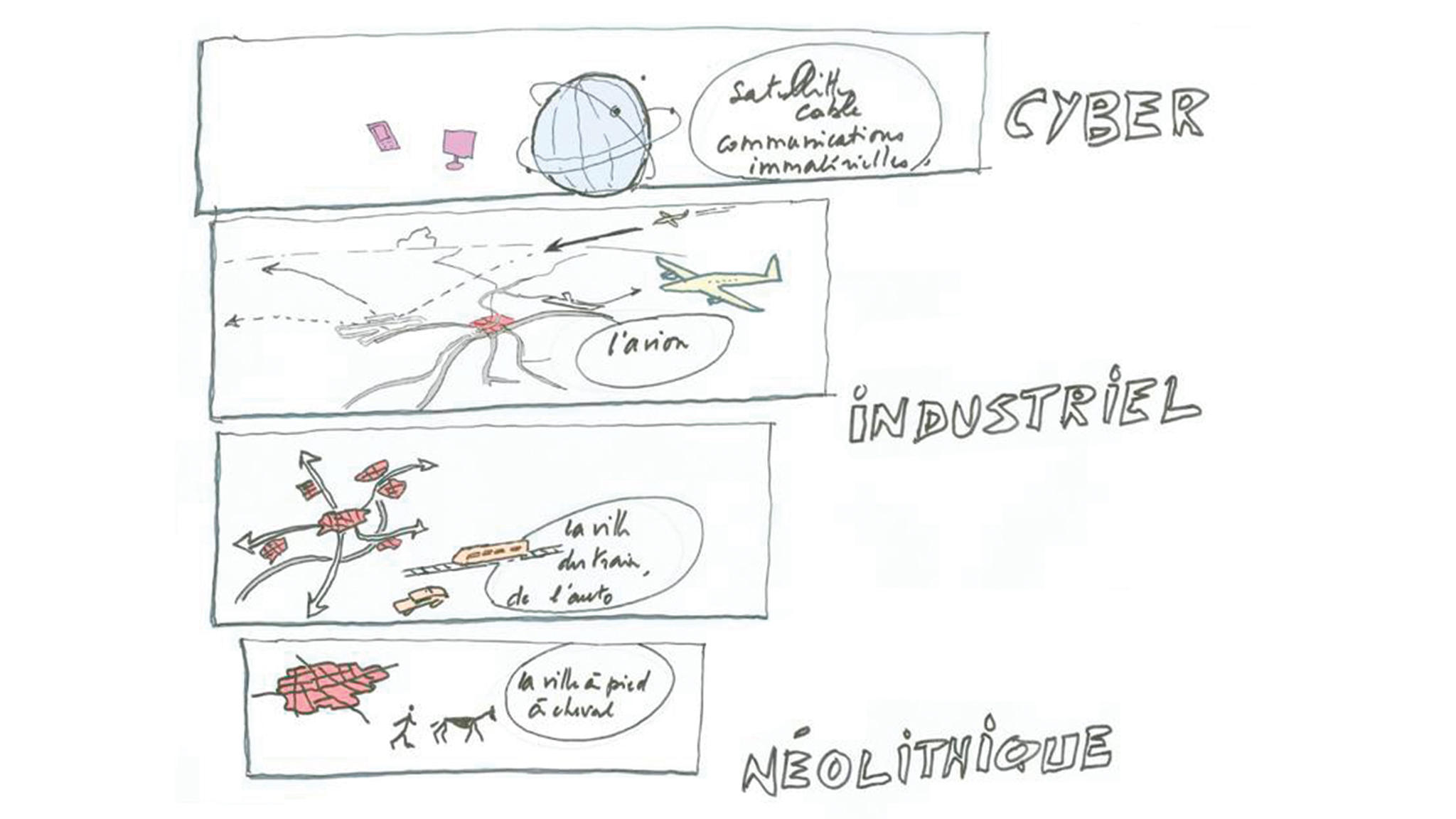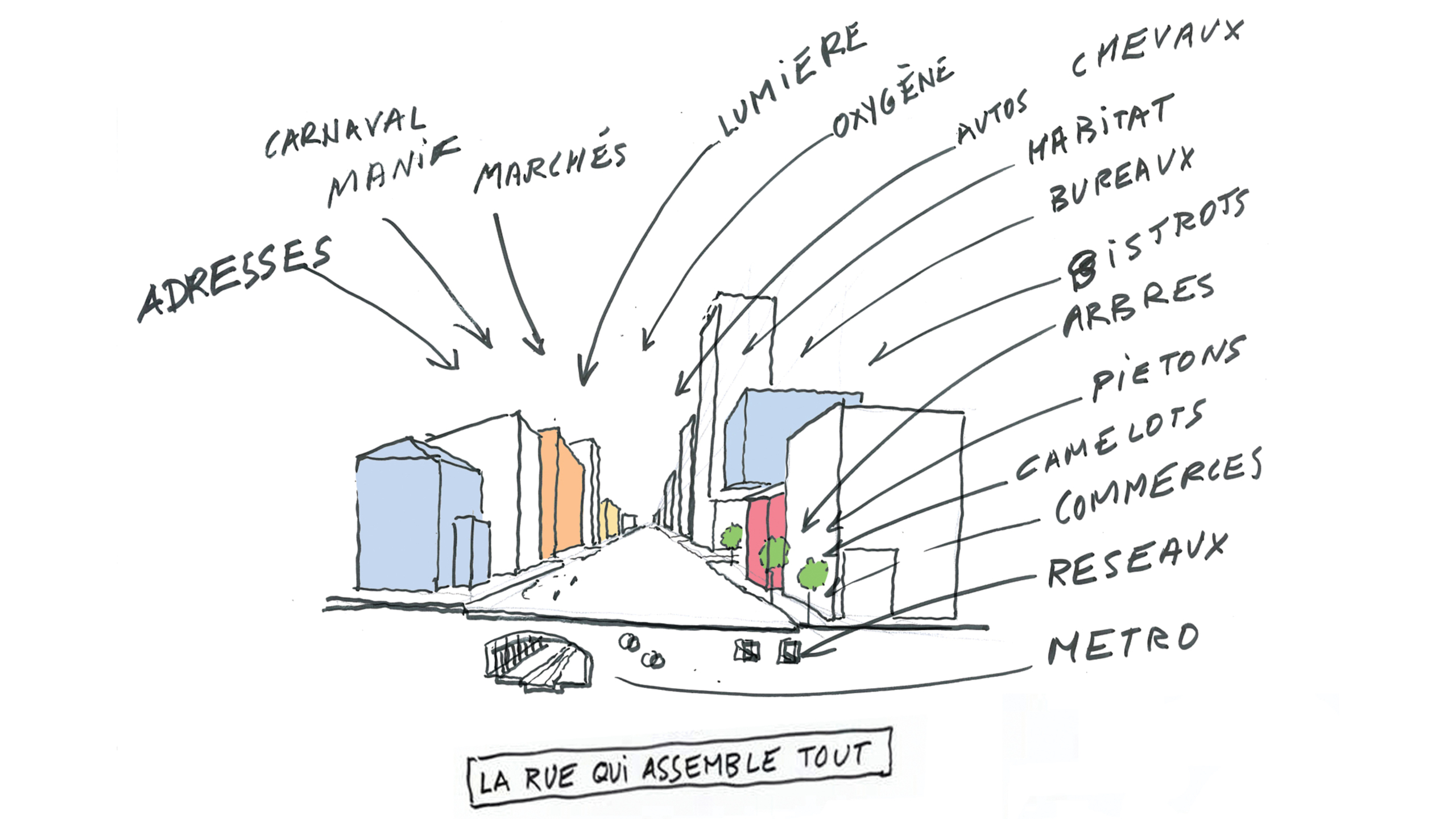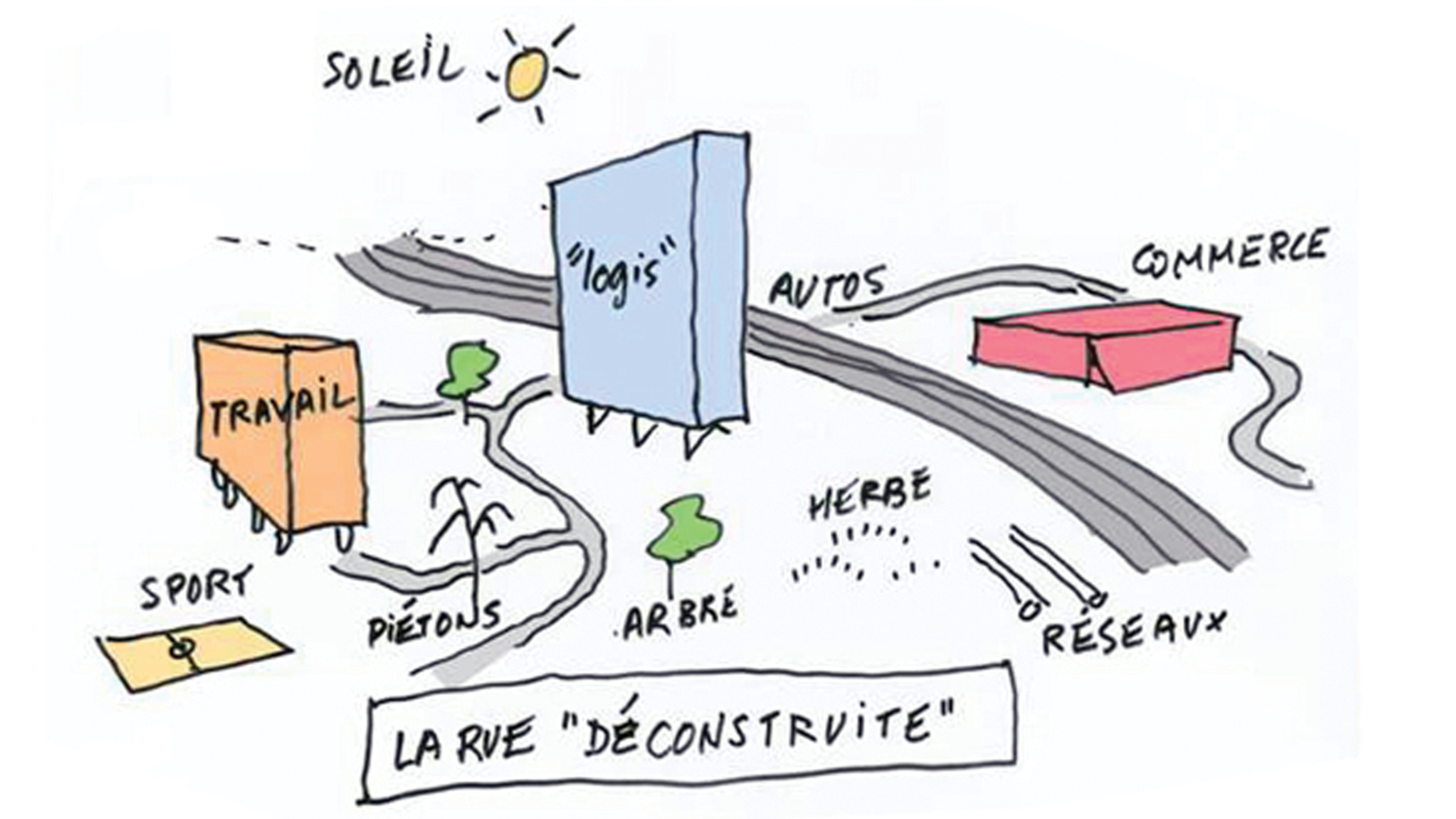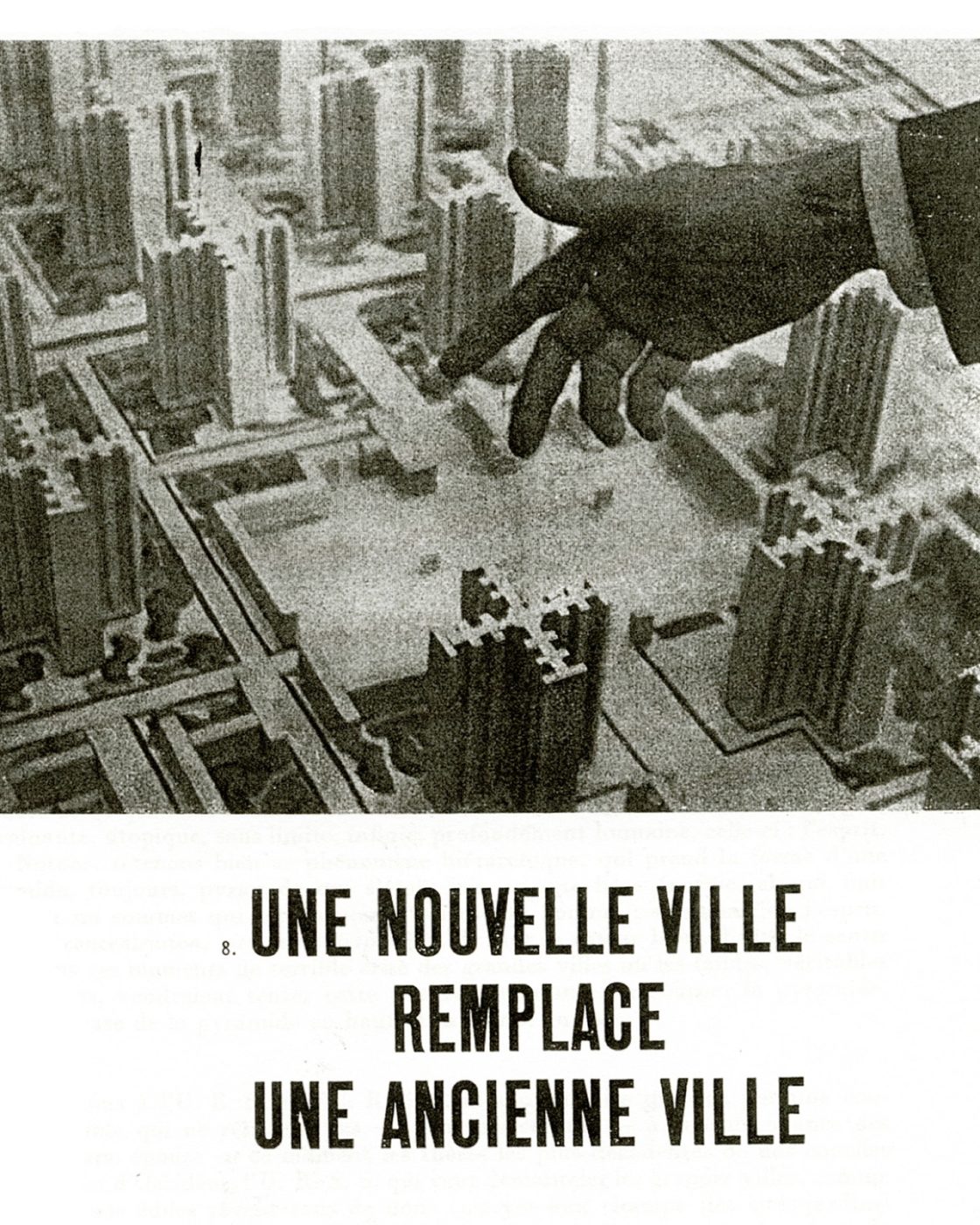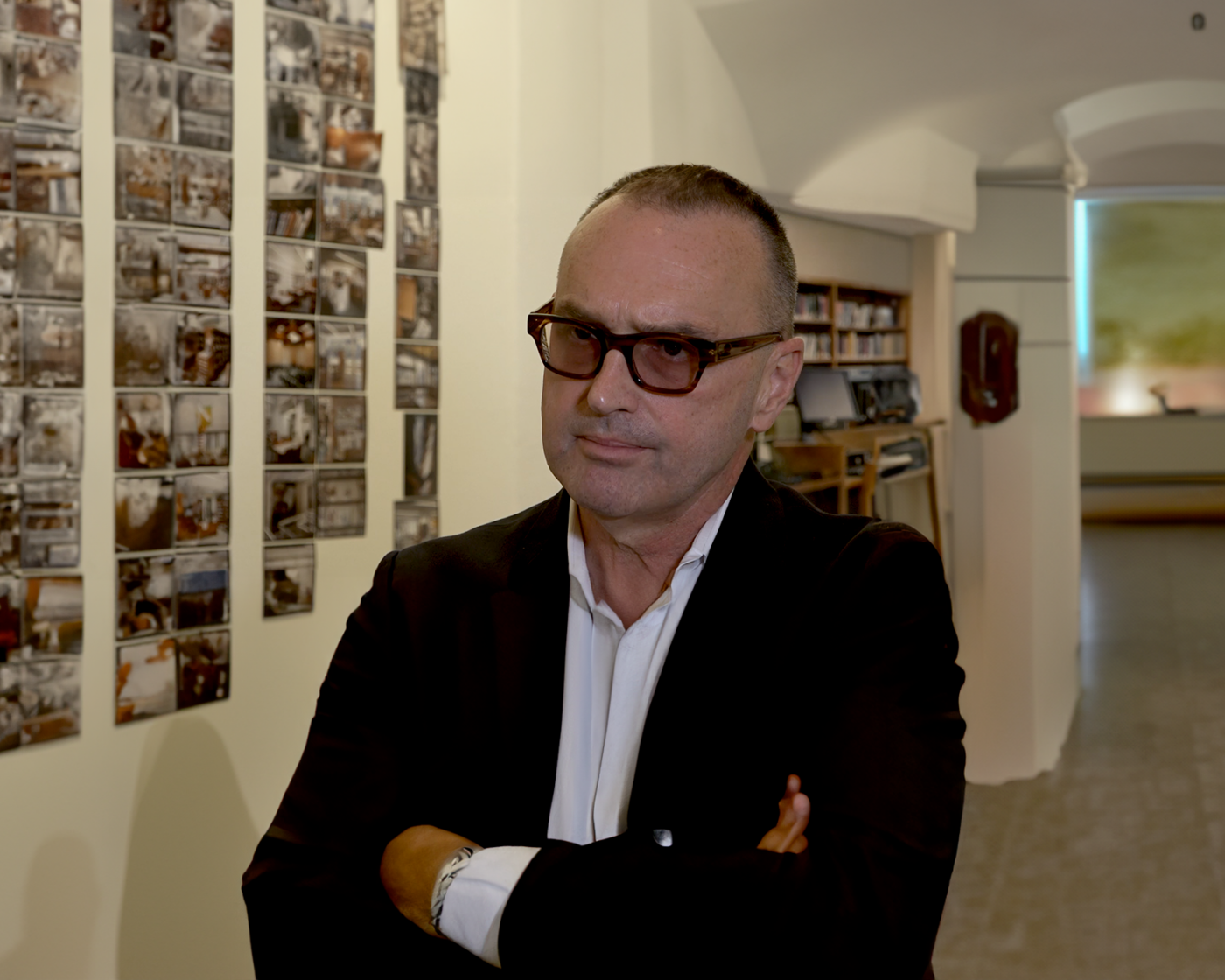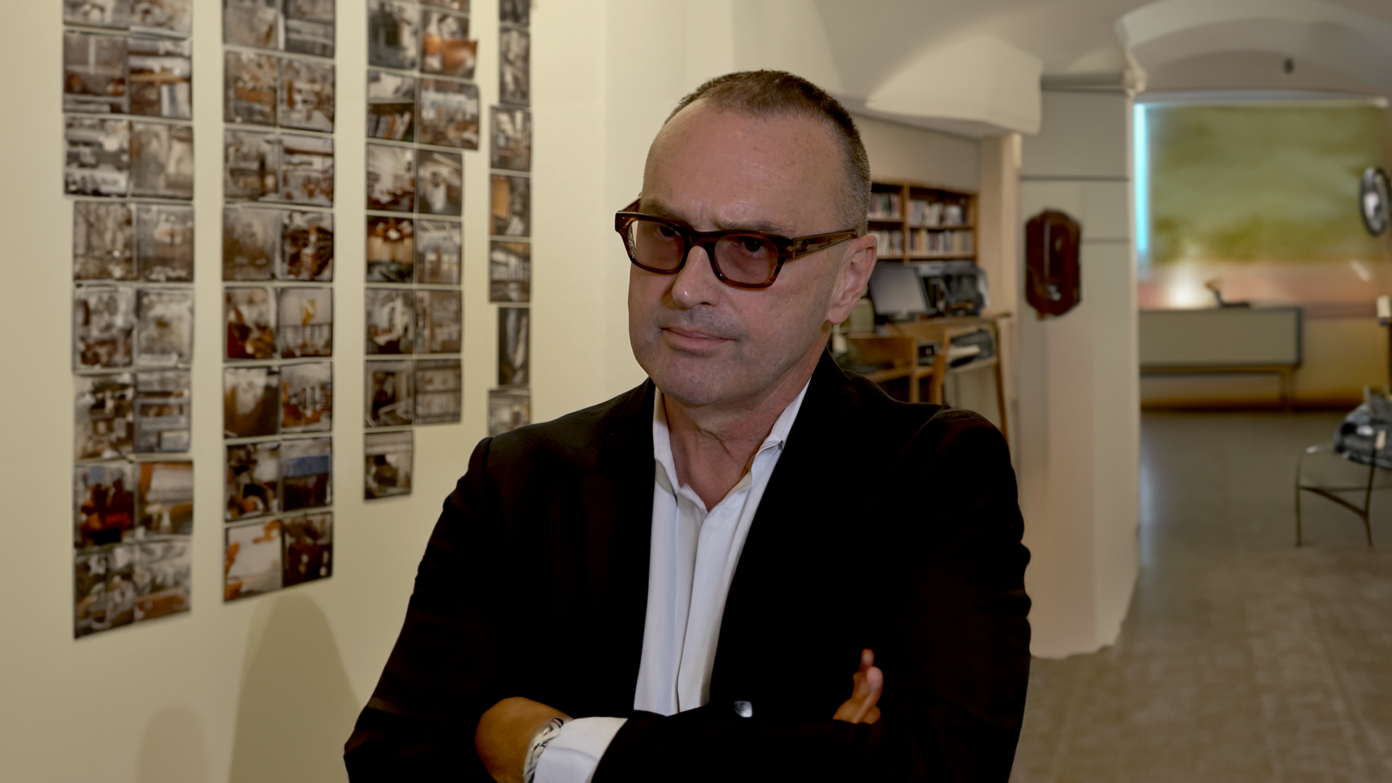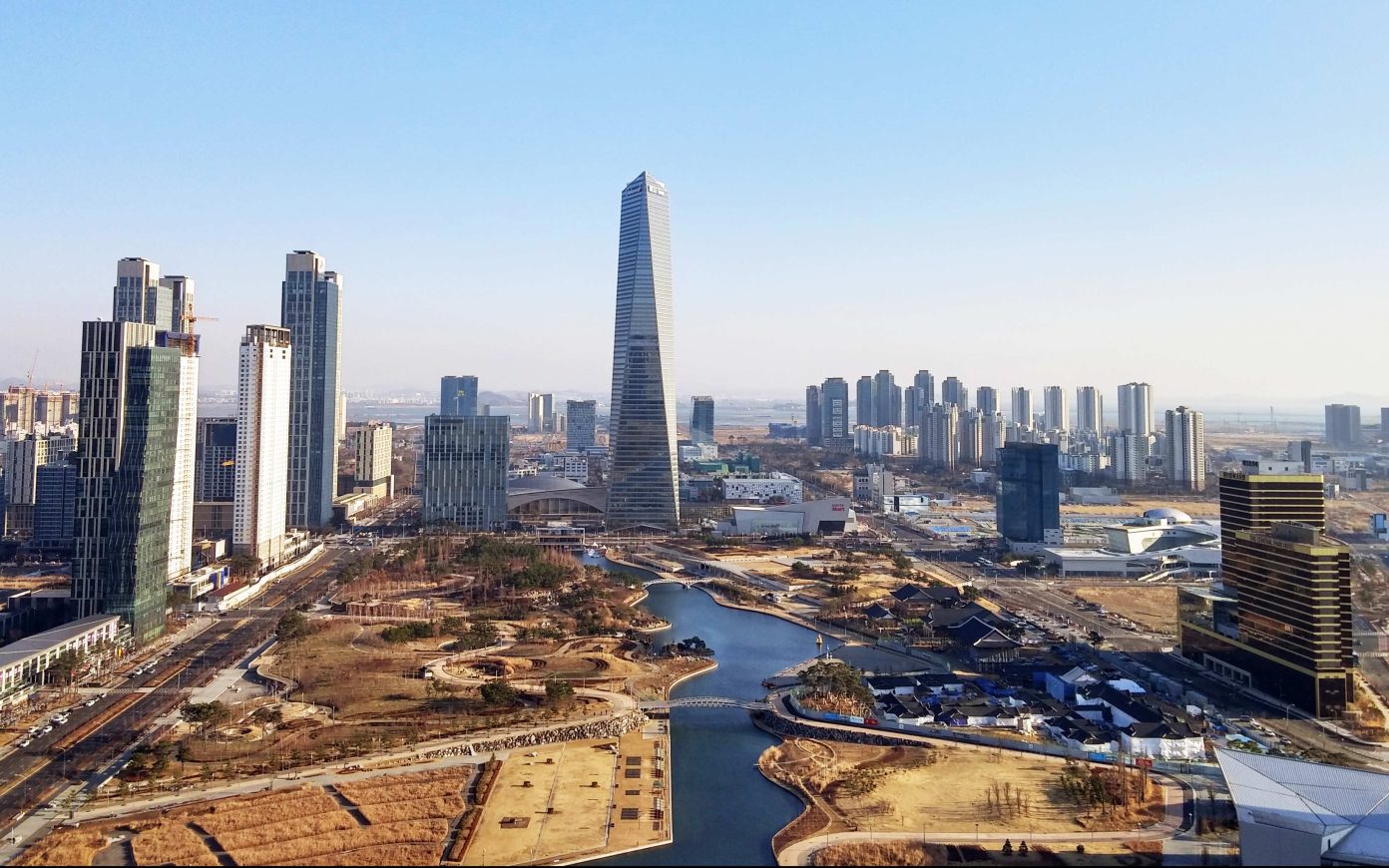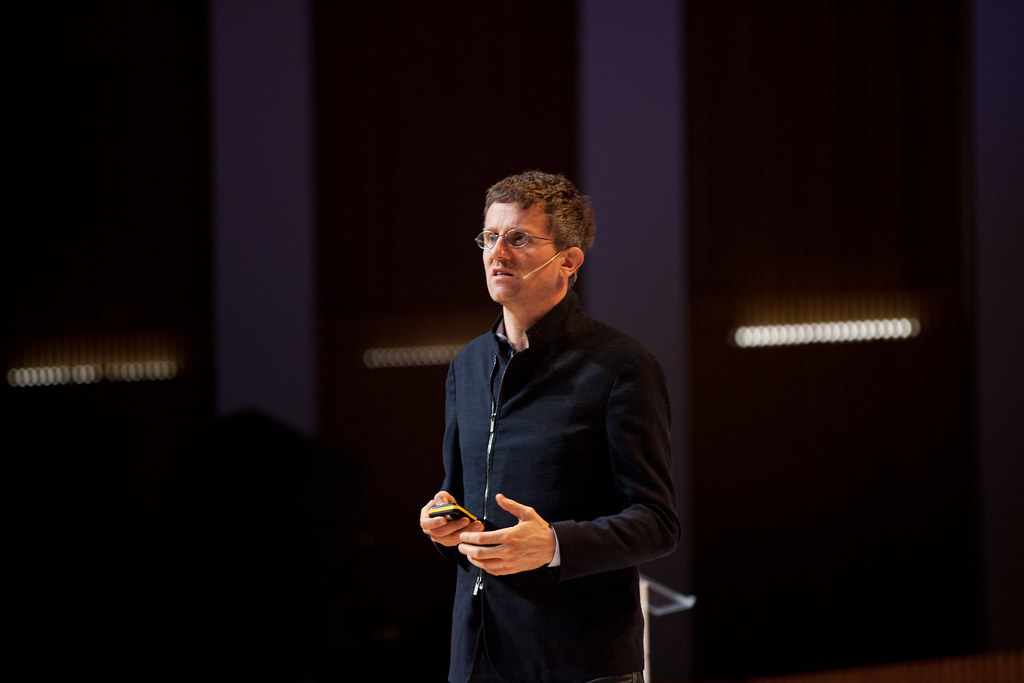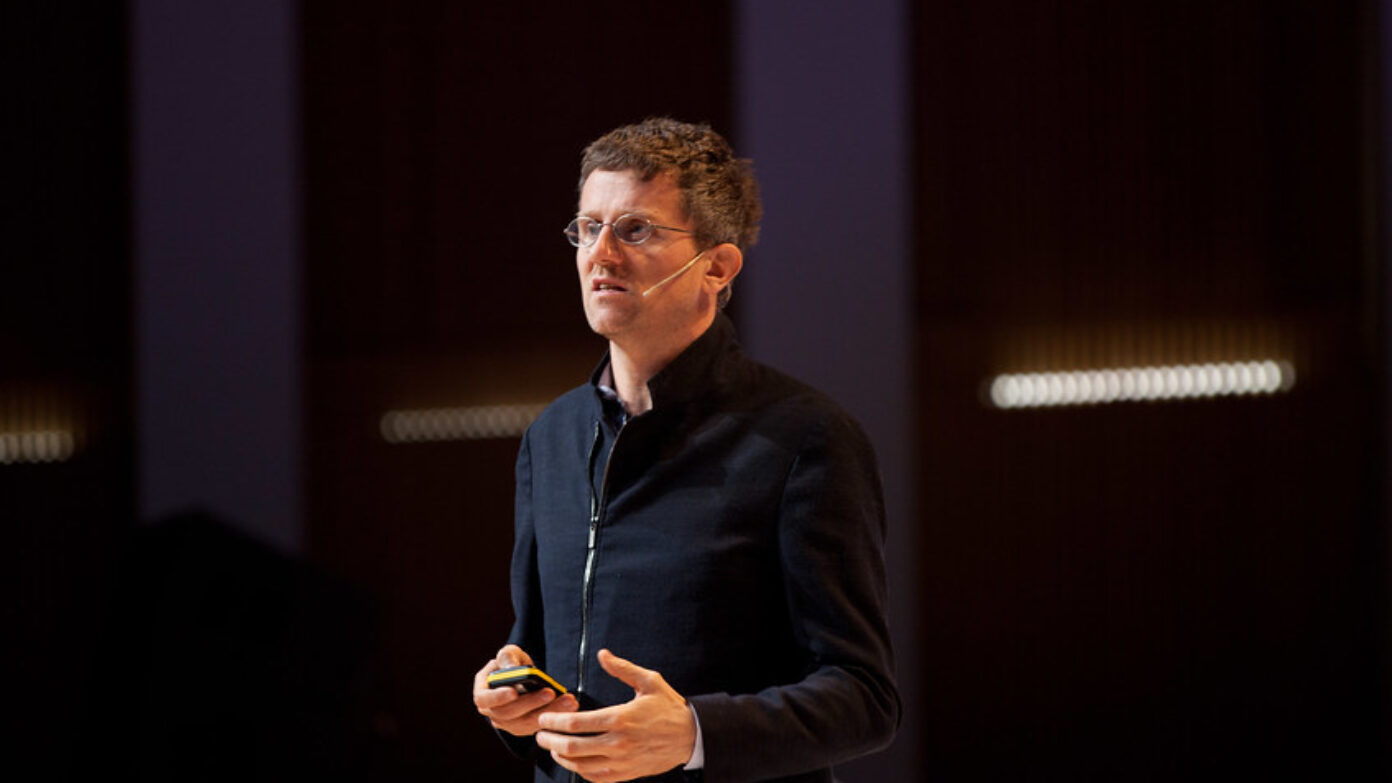Stream : Since 2000, global urbanization, which has transformed our human condition into an urban condition, has been widely accepted. A number of factors (including environmental awareness and the digital era) have become more important. What do you think are the key factors in the evolution of this global urbanization? And do you feel that we are living in a time of rupture or capitulation, rather than just an evolution?
Christian de Portzamparc : While I was growing up in Rennes, in the northwest of France, I watched enthusiastically as the clean, white buildings of the HLM low-income housing projects were built on farmland. Armies of city buildings came to conquer the countryside. Whether from the rural exodus or from post-colonial migration, every day for thirty years, more than three hundred people came to live in Paris. In places such as Istanbul and Mexico City, the number was even greater—upwards of one thousand per day. In the huge slum that was Nanterre, I remember having seen families that didn’t even have corrugated iron; they made their houses by burrowing into the garbage heaps. The French priest Abbé Pierre led a call to action, and with a swift efficiency that today seems unimaginable, a majority of the citizens were housed. Urbanized peripheries of a surprising scale sprung up around the traditional city centers, where the fields, the hedgerows, and the trees were chopped down in order to make way for large-scale building schemes.
Man and the environment
Stream : Environmental pressure has led a certain number of the actors whom we have met to believe that we have entered the Anthropocene—a geological period during which humans have become the primary vector of evolution of the planet, and which requires us to rethink our relationship to the biosphere. In this context, how do you understand the abundance of metaphors of living organisms, from the organic to the metabolic, in the approaches to urban phenomena? Does this seem pertinent to you?
